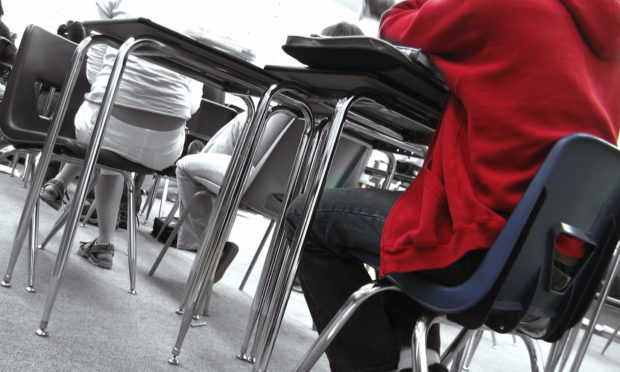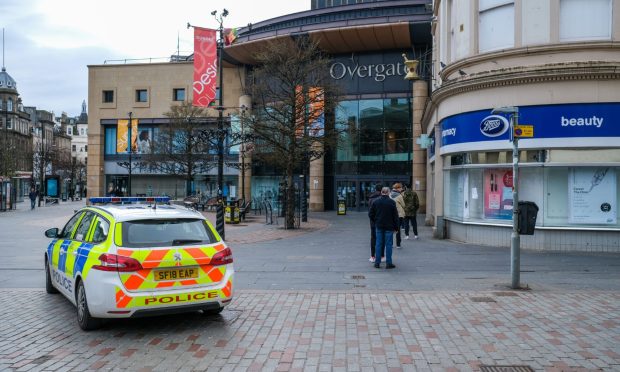Ministers have been slammed for breaking flagship promises to parents over class sizes.
The number of primary pupils in classes of more than 30 has risen in Scotland by nearly half since 2011, according to Scottish Government figures.
Alex Salmond put the pledge to restrict the number of students per class at the heart of the manifestos that formed the first two SNP governments.
Scottish Labour has blamed “supersized” classes in Scotland’s primary schools for the continuing attainment gap between richer and poorer pupils.
Iain Gray, the party’s education spokesman, said: “The pledge to cut classroom sizes was key in the SNP forming a government a decade ago – but that promise has been smashed to pieces.
“We are increasingly seeing our children taught in supersized classes.
“No wonder the attainment gap between the richest and the poorest remains so stubborn.
Restricting class sizes to 18 in the first three years of primary school was a major pledge in the SNP’s 2007 manifesto.
In 2011, legislation came into force limiting P1 class sizes to 25, which it described as an “important stepping stone” to reaching the 18 pledge.
The number of primary pupils in classes of 31 or more was 31,842 in 2011, which has gone up by 44% to 45,843 last year, according to the official figures.
Keir Bloomer, who was the architect of the Curriculum for Excellence, has said while the SNP have not come good on their commitment, there is no evidence that smaller class sizes improves attainment.
A Scottish Government spokeswoman said: “Teacher numbers are increasing – the fact is there are more primary teachers than at any time since 2007 and the ratio of pupils to teachers is at its lowest since 2013.
“We are providing £112m in 2018-19 specifically to fund councils to maintain teacher numbers, including funding for the recent teacher pay award.
“Our investment has enabled councils to halt a period of steady decline in teacher recruitment, resulting in 543 more teachers than the previous year – the first substantial increase since 2007.”










